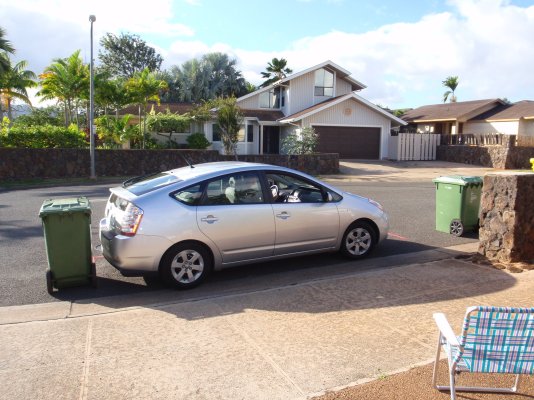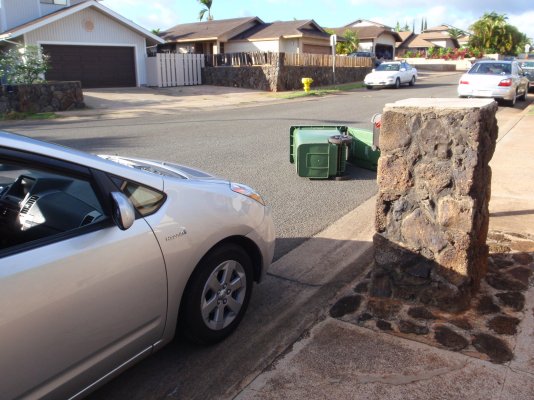easysurfer
Give me a museum and I'll fill it. (Picasso) Give me a forum ...
- Joined
- Jun 11, 2008
- Messages
- 13,156
Rear view monitoring systems may be required in new cars by 2014.
http://www.fox17online.com/news/fox17-rear-view-cameras-cars-2014,0,866956.story
I was in a van of a friend who had one of these. He was paralell parking. I told him, not much room in the back. He kept going until he got a beep and the monitor view showed on his rearview mirror. Pretty fancy.
http://www.fox17online.com/news/fox17-rear-view-cameras-cars-2014,0,866956.story
I was in a van of a friend who had one of these. He was paralell parking. I told him, not much room in the back. He kept going until he got a beep and the monitor view showed on his rearview mirror. Pretty fancy.



